Researchers in China have synthesised the first pure antimony-based nanotorus, Sb688–.1 Theoretical calculations of the structure show it has 16 delocalised electrons distributed across eight 3c–2e σ bonds.

Nanotori, which are ring-like structures that look a bit like a bike tyre’s innertube, have been extensively studied in carbon-based systems, owing to their promising applications as semiconductors and insulators. However, attempts to synthesise similar cyclic compounds with heavier group 15 elements like phosphorus and arsenic have been hampered by inherent instability caused by increased reactivity of their lone electron pairs.2
Now, a team surrounding Zhong-Ming Sun at Nankai University, China, has successfully assembled this antimony nanotorus using wet chemistry techniques, leveraging the self-assembly and oxidation coupling behaviour of antimony. By employing C60 as a mild oxidant, the Zintl precursor K3Sb7 undergoes oxidative coupling, generating linear building blocks that lead to the formation of a pure antimony nanotorus.

The nanotorus crystallised from the reaction mixture, allowing the researchers to obtain single crystals for x-ray diffraction studies. These revealed that the antimony atoms self-assemble into a maximal all-metal molecular torus, a first in synthetic chemistry. This work not only demonstrates the mild oxidising properties of C60 but also offers new possibilities for antimony-based structures in materials science.
The team is now exploring the electronic properties of the nanotorus and investigating its potential for applications in nanotechnology and beyond.
References
1 Y Zhang et al, J. Am. Chem. Soc., 2024, DOI: 10.1021/jacs.4c09102
2 J Zhang et al, Angew. Chem. Int. Ed., 2017, 56, 1850 (DOI: 10.1002/anie.201611740)


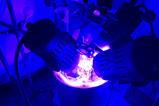


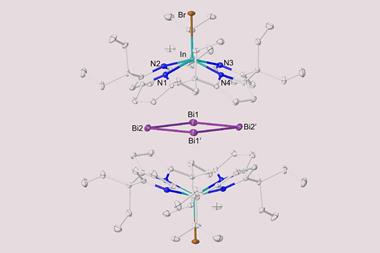

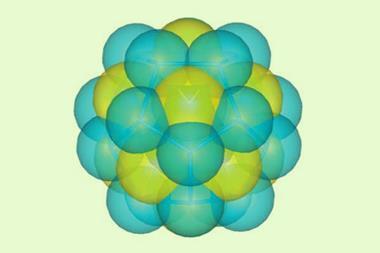

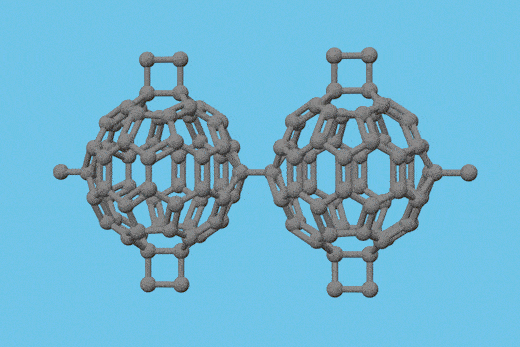
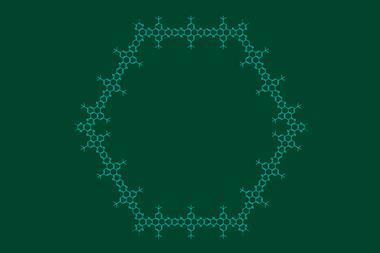
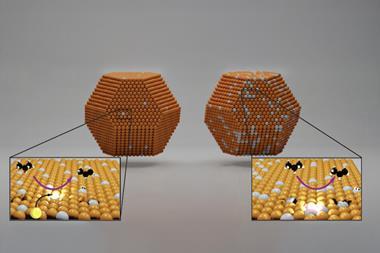
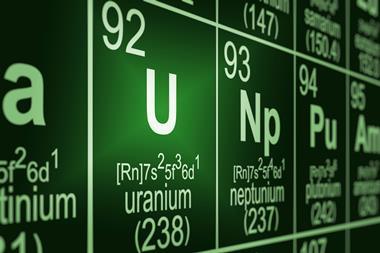




No comments yet